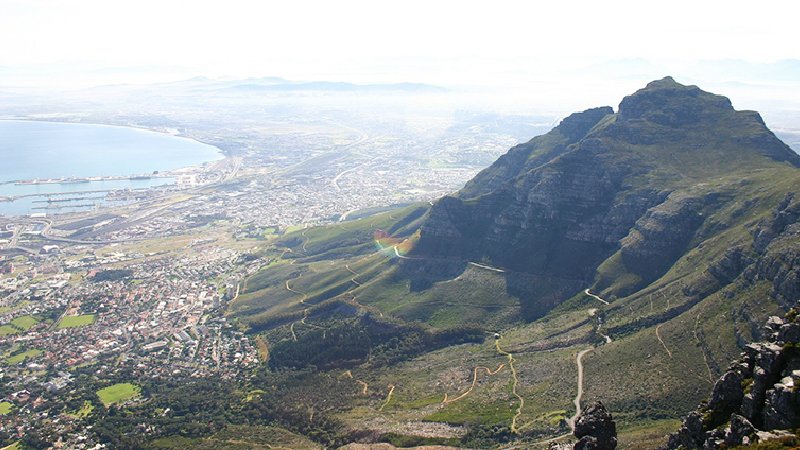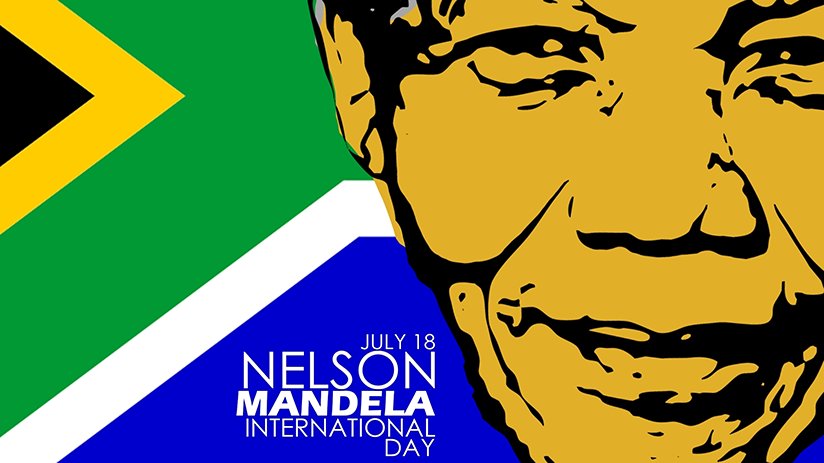Taking a STAND Against Discrimination: Nelson Mandela
I have been a Scientologist for 44 years. During that time, I have encountered bias and rejection because of my religion. These incidents have been rare, but they stayed with me because they never made sense. Scientology is, at its heart, a new idea—that, of the component parts of man, the most important is the spirit; that man is basically good; and that man is happier and functions better when he is freed from his aberrations. How can that trouble anyone? Then I became familiar with the history of racial bias. If such incredible brutalities can be committed simply on the basis of skin color, then imagine trying to convince someone that spirit trumps all.
Edmund Burke once said, “Those who don’t know history are doomed to repeat it.” There is much in mankind’s history of bias and hatred that must not be repeated. There are also stellar examples of individuals who have risen above fear and shown us the way of reason. Their stories must be known. I will be writing about them from time to time. This is one of those stories.
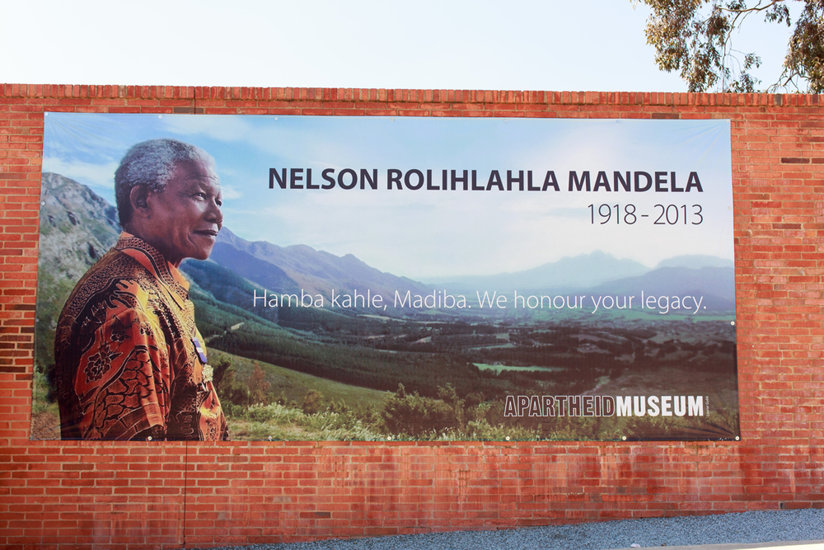
Rolihlahla knew prisons. He spent 27 years on Robben Island, an Alcatraz-like island prison off of the coast of Cape Town, South Africa. His English name was Nelson Mandela, but at birth his mother had named him Rolihlahla, which meant “troublemaker” in his native Xhosa tongue. It was an apt name.
The advance of civilization, on the other hand, can be measured by the triumph of democracy over tribalism. So it would be with South Africa. That was Mandela’s dream.
His father was a counselor to the Xhosa king. By tribal custom, his life had been mapped at birth. He would be a counselor to the king’s son. His wife would be chosen for him. He would learn to live in a white-supremacist world. He would do as he was told.
But Nelson Mandela did not do as he was told. That is why he spent 27 years on Robben Island.
“Tribalism” is the practice of governing for the benefit of one’s special-interest group (whether that group be a tribe, a class, a country, a race, a religion, or a political party) over the needs of all. It has been a root cause of both World Wars, the Serb-Croat civil war of the ’90s, the cross-killings of Sunni and Shiite Muslims, and indeed of all revolutions throughout history. Its stain can be seen on the pages of American history—in the Civil War, the civil rights struggles of the ’60s, and wherever racial, cultural, or religious hostilities divide us.
The advance of civilization, on the other hand, can be measured by the triumph of democracy over tribalism. So it would be with South Africa. That was Mandela’s dream.
Late-1940s South Africa was, however, a nightmare. The Afrikaners (white descendants of the early Dutch settlers), having been ousted from power for supporting Nazi Germany during World War II, had regained control of the government. They set about reconstructing the country’s regulatory, judicial and economic systems to create a white homeland. Every South African was officially categorized as either white, black (African), colored (”mixed breed”) or Indian. Your classification determined whom you could marry, what jobs you could hold, where you could live, and where and how you could travel. Under this system, over three-and-a-half million Africans were forcibly removed from their homes and relocated to what were essentially reservations, so that whites could secure the most desirable lands. Whites controlled the vote—Indians and coloreds had minimal voting privileges; Africans had none. These and many other laws would eventually be codified into “apartheid,” literally “apartness.”
Mandela had grown up in an Africa rife with tribalism. Zulu, Xhosa, Swazi, and Ndebele, all opposed each other, but did so from stable ancestral homelands and on relatively equal terms. Apartheid was quite different.
Under Apartheid, African life and labor were cheap. Mining, even manufacturing, was rendered immensely profitable through the use of essentially slave African labor.
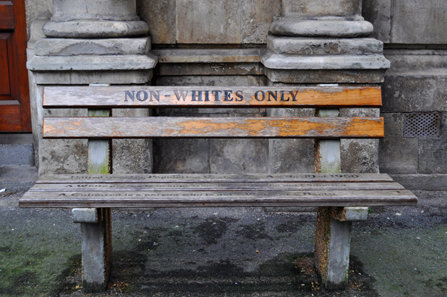
“An African child is born in an Africans Only hospital, taken home in an Africans Only bus, lives in an Africans Only area, and attends Africans Only schools, if he attends school at all,” Mandela wrote in his autobiography.
“When he grows up, he can hold Africans Only jobs, rent a house in Africans Only townships, ride Africans Only trains, and be stopped at any time of the day or night and be ordered to produce a pass, failing which he will be arrested and thrown into jail. His life is circumscribed by racist laws and regulations that cripple his growth, dim his potential, and stunt his life. This was the reality, and one could deal with it in a myriad of ways.”
Rolihlahla chose revolution.
Mandela joined the African National Congress (ANC) and quickly rose through its ranks. In 1946, under his guidance, 400,000 African miners went on strike. The state hit back. Twelve miners were killed, the strike’s leaders were arrested, the union’s offices ransacked, and repressive laws were passed.
In response, the ANC organized a defiance campaign. Blacks overtly and non-violently violated laws such as those regarding the carrying of passes, transportation, and the use of facilities. The defiers were arrested and, by the thousands, paid fines or went peacefully to jail.
Rather than address the issues, the government passed laws authorizing martial law and corporal punishment. ANC leaders were arrested, tried and flogged. Laws which had been passed to suppress communism were used against African protesters by redefining communism as “opposition to the government.” In 1952, Mandela and others in the ANC were tried and found guilty of this “statutory communism.” He was sentenced to nine months hard labor, but Mandela’s strategy had been to put the government’s policies on trial, and his arguments had made an impact. The judge suspended his sentence. Defiance continued.
“No one is born hating another person because of the color of his skin, or his background, or his religion. People must learn to hate, and if they can learn to hate, they can be taught to love.”
In 1956, Mandela and 155 of his associates in the ANC were again arrested, this time for high treason. Once more, Mandela’s strategy was to focus attention on the state’s atrocities. It was not difficult to do. At the height of the trial, protesting Africans in Sharpeville were fired on by police. Sixty-nine protesters died, over 400 were wounded. The trial lasted nearly five years before all were found not guilty.
After being freed, Mandela went into hiding. It would not last. On August 5, 1962, he was arrested. He and nine other ANC members were put on trial for waging war against the state. In June, 1964, he was found guilty. To everyone’s surprise, and possibly as a result of international pressure, he was not sentenced to death, but to life imprisonment. He was taken to Robben Island. Until his release on February 11, 1990, he would be the world’s most famous political prisoner.
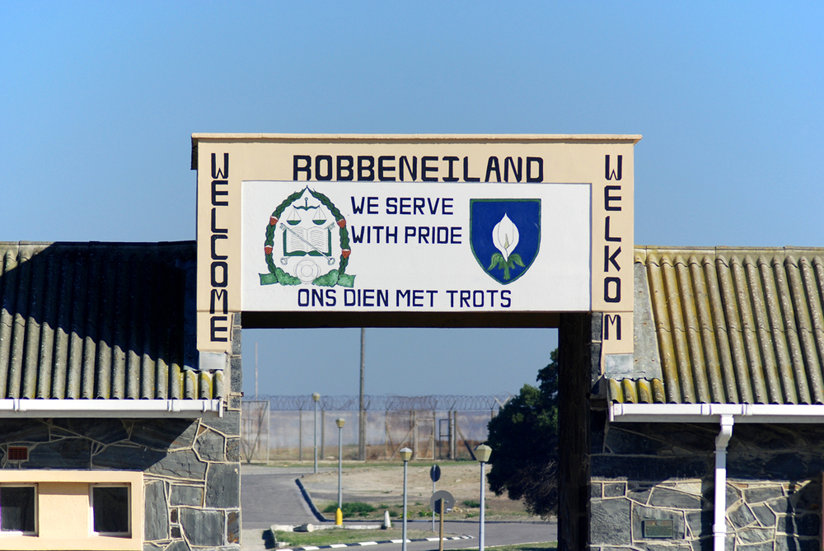
At Robben Island, he and his co-defendants received the harshest possible treatment. His bedding consisted of a mat on the floor of his cell, a cell so small that, when he lay down, his head touched one wall while his feet touched the other. His days were spent in hard labor. He was permitted one letter and one visitor every six months. His food consisted of a meatless stew that barely sustained life. Whenever outsiders visited, he would state his grievances, fearless of consequences. When all of his appeals failed, Mandela would still insist on stating the truth. “This isn’t right,” he would tell his jailers. It was a refrain they would hear for 27 years.
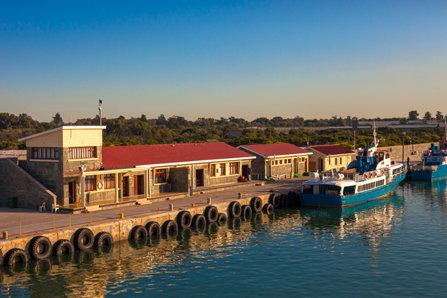
Meanwhile, the seeds of his statesmanship began to sprout. “In prison my anger toward whites decreased, but my hatred for the system grew. … I hated the system that turned us against one another,” he wrote.
He lobbied for better clothing, for better food, for better care. And for a garden. He eventually won them all. The rocky plot he was given for his garden often yielded the bones of anonymous prisoners who had lived, died, and been disposed of years ago. After much work, Mandela was able to make it yield tomatoes, onions, chilies and spinach sufficient to share with his jailers and other prisoners. With his generosity, he began to win over even the cruelest of the cruel.
“I always knew that deep down in every human heart, there is mercy and generosity. No one is born hating another person because of the color of his skin, or his background, or his religion. People must learn to hate, and if they can learn to hate, they can be taught to love, for love comes more naturally to the human heart than its opposite. Even in the grimmest times in prison, when my comrades and I were pushed to our limits, I would see a glimmer of humanity in one of the guards, perhaps just for a second, but it was enough to reassure me and keep me going. Man’s goodness is a flame that can be hidden but never extinguished,” Mandela wrote.
He continued to lobby prison officials within, on behalf of himself and his fellow prisoners, and government officials without on behalf of all South Africans.
Eventually, through a combination of international pressure, civil insurrection, and Mandela’s refusal to succumb, the seeds he sowed bore fruit. In 1988, he was transferred to a more humane prison on the mainland. From there he opened lines of communication with the new nationalist government of F.W. de Klerk. On February 11, 1990, after 27 years, he walked out of jail, a free man. His negotiations with the government continued until a road-map for dismantling Apartheid and averting civil war had been agreed upon. Free elections—one man, one vote, regardless of color—were scheduled for April 1994. Against this backdrop, Mandela and F.W. de Klerk were jointly awarded the 1993 Nobel Peace Prize.
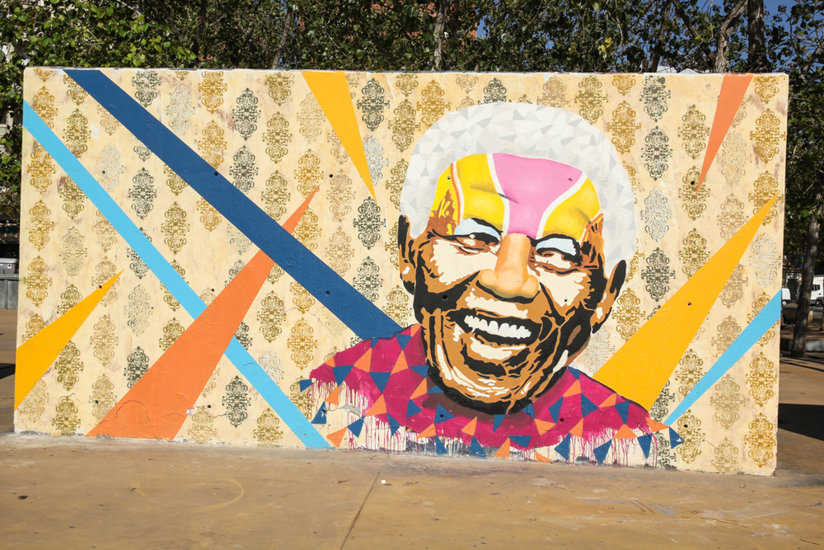
The ANC won the election. Mandela was tasked with leading a five-year transition government comprised of representatives of every significant party. The new government would dismantle Apartheid while installing a new constitution. Mandela sought and secured the participation of the Nationalist Party in that transition government. He knew that many in the nation’s white minority feared the backlash and injustice that would happen if the new African-majority governed them with the same heavy hand the whites had used. Under Mandela, whites kept their civil service jobs, and de Klerk became vice president.
“I knew as well as I knew anything that the oppressor must be liberated just as surely as the oppressed. A man who takes away another man’s freedom is a prisoner of hatred, he is locked behind the bars of prejudice and narrow-mindedness. I am not truly free if I am taking away someone else’s freedom, just as surely as I am not free when my freedom is taken from me. The oppressor and the oppressed alike are robbed of their humanity. … To be free is not merely to cast off one’s chains, but to live in a way that respects and enhances the freedom of others,” Mandela wrote.
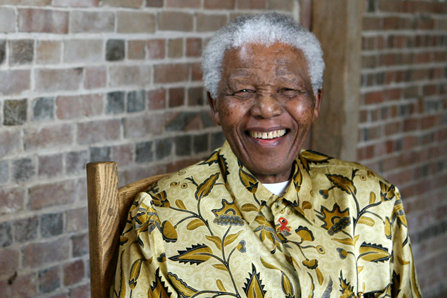
As president of the new Republic of South Africa, Mandela oversaw the dismantling of Apartheid and the creation of a new, democratic and free South Africa. In 1999, at the age of eighty, his dream realized, he stepped aside.
After his death on December 5, 2013, the Nobel Prize Committee stated that Mandela was “one of the greatest names in the long history of the Nobel Peace Prize.”
Mandela set a standard for troublemaking that will be hard to beat. But it isn’t enough to rely on the Mandelas of the world. How many men of similar character have been silenced before their voices could be heard, before their stories could be told? Mandela’s truths are universal truths. They resonate in each of us. It is up to each of us to pay them forward. Then, perhaps, we would have peace on earth.







